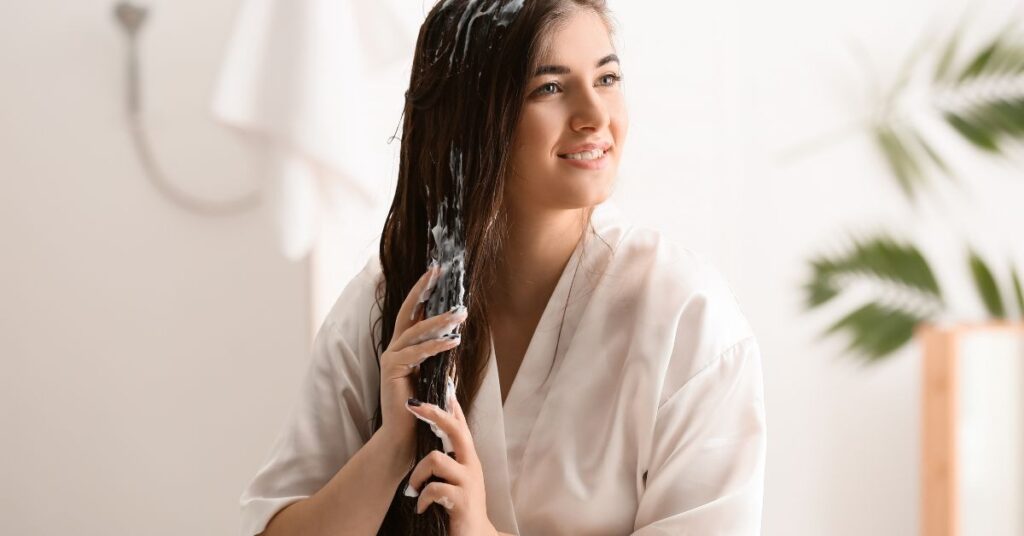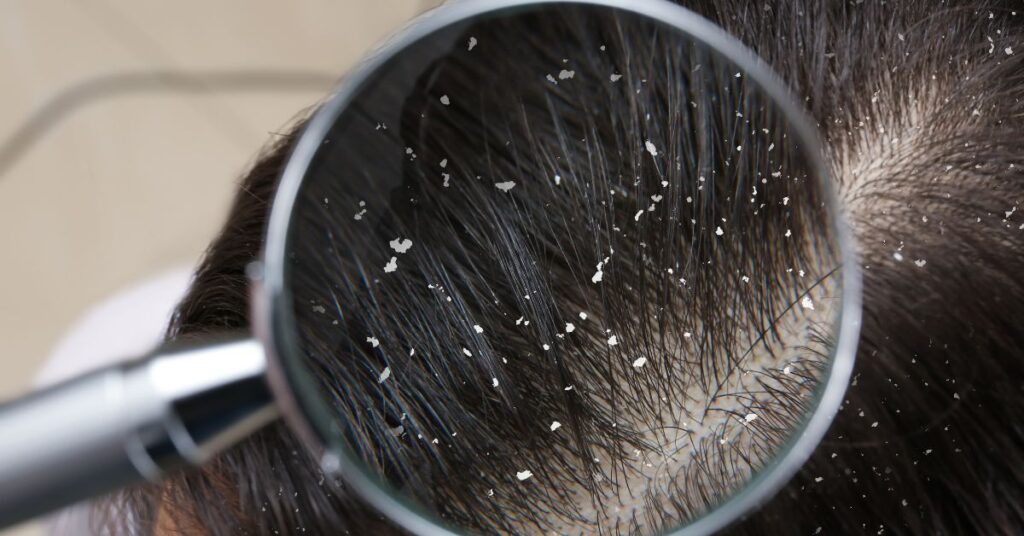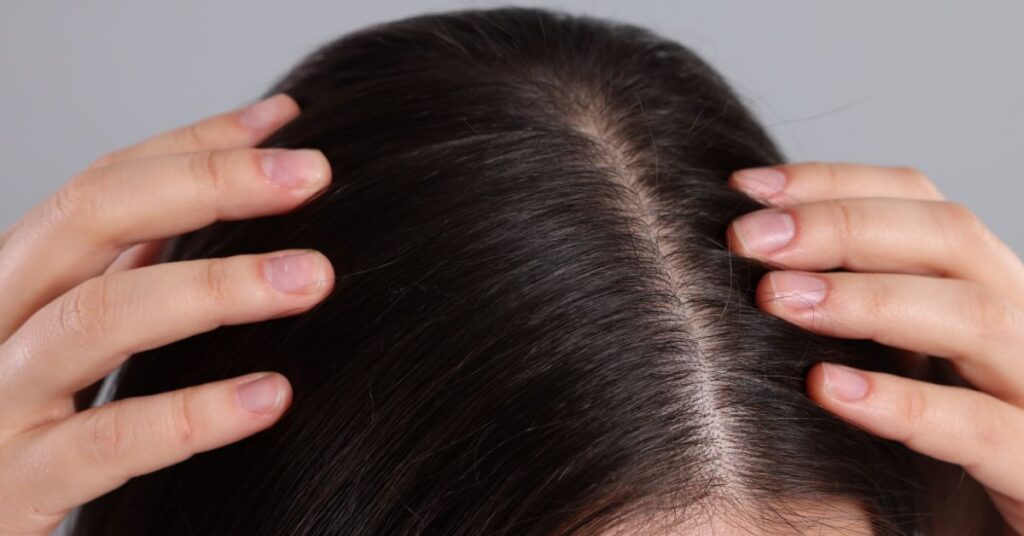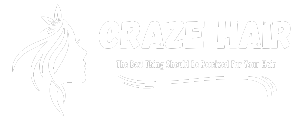
Introduce
A proper hair wash routine is key to achieving smooth, silky hair every day. Beyond just cleanliness, it’s about nurturing your hair’s health and enhancing its natural beauty. In this article, we’ll delve into the essential steps and techniques for a hair wash routine that leaves your locks looking and feeling their best. Whether your hair is curly, straight, thick, or fine, this guide will help you tailor your routine to suit your unique needs and achieve the hair of your dreams. Let’s dive in.
Understanding the Importance of a Proper Hair Wash Routine
A proper hair wash routine is more than just a basic hygiene practice; it’s a fundamental aspect of hair care that can significantly impact the health and appearance of your locks. Here’s why it’s essential:
- Removal of Dirt and Impurities: Throughout the day, your hair accumulates dirt, oil, sweat, and environmental pollutants. A regular wash helps to remove these impurities, keeping your scalp clean and preventing clogged pores that can lead to issues like dandruff and scalp irritation.
- Promotion of Scalp Health: A clean scalp is vital for maintaining healthy hair growth. By washing away excess oil and dead skin cells, you create an environment conducive to optimal hair follicle function. This can help prevent issues like itching, flakiness, and hair loss.
- Enhancement of Hair Texture and Appearance: Clean hair looks and feels better. Regular washing helps to eliminate greasiness, add volume, and enhance the natural shine of your locks. It also prevents the buildup of product residues, which can weigh down the hair and make it appear dull and lifeless.
- Prevention of Odors: Just like the rest of your body, your hair can develop unpleasant odors if not properly cleansed. Regular washing helps to keep your hair smelling fresh and clean, boosting your overall confidence and comfort.
- Preparation for Styling: A clean canvas is essential for achieving your desired hairstyle. By starting with freshly washed hair, you ensure that styling products can be applied evenly and effectively, leading to better results that last longer.
Understanding Your Hair Type and Its Specific Needs
Before diving into your hair wash routine, it’s crucial to understand your hair type and its unique characteristics. Different hair types have varying needs and require specific care to look and feel their best. Here’s how to identify your hair type and tailor your routine accordingly:
- Straight Hair:
- Straight hair tends to be sleek and smooth, with strands that lie flat against the scalp.
- It may become oily more quickly than other hair types due to the direct path oil travels down the shaft.
- Opt for lightweight, clarifying shampoos to prevent buildup without weighing down your hair.
- Use a volumizing conditioner sparingly to avoid weighing down your hair.
- Curly Hair:
- Curly hair is characterized by its natural curl pattern, ranging from loose waves to tight coils.
- It tends to be drier than straight hair because the natural oils have a harder time traveling down the spiral-shaped strands.
- Look for moisturizing shampoos and conditioners formulated specifically for curly hair to hydrate and define your curls.
- Consider using leave-in conditioners or curl creams to help tame frizz and enhance curl definition.
- Wavy Hair:
- Wavy hair falls somewhere between straight and curly, with gentle bends and curves along the length of the hair.
- It can be prone to frizz and may benefit from products that enhance wave definition while controlling frizz.
- Choose sulfate-free shampoos and lightweight conditioners to maintain the natural texture of your waves without weighing them down.
- Coily/Kinky Hair:
- Coily or kinky hair has tight, densely packed curls or coils that may shrink in length when dry.
- It requires extra moisture to prevent dryness, breakage, and brittleness.
- Use moisturizing shampoos and deep conditioning treatments rich in natural oils and emollients to nourish and soften the hair.
- Consider using protective styles like braids or twists to minimize manipulation and retain moisture.
- Fine Hair:
- Fine hair refers to strands that are thin and delicate in texture.
- It may become easily weighed down by heavy products, so opt for lightweight, volumizing shampoos and conditioners.
- Avoid over-washing fine hair, as it can strip away natural oils and lead to limpness.

Pre-Wash Preparations and Treatments for Healthier Hair
Preparing your hair before washing is essential for maximizing the effectiveness of your hair wash routine and promoting overall hair health. By incorporating pre-wash treatments and preparations into your routine, you can address specific concerns and optimize the condition of your hair. Here are some pre-wash steps and treatments to consider:
- Scalp Massage: Before stepping into the shower, take a few minutes to gently massage your scalp using your fingertips. This helps to stimulate blood flow to the scalp, promoting hair growth and overall scalp health. You can use circular motions to massage the scalp, starting from the front and working your way back.
- Pre-Shampoo Oil Treatment: If you have dry or damaged hair, consider applying a nourishing oil treatment to your hair and scalp before shampooing. Coconut oil, argan oil, and olive oil are popular choices for pre-shampoo treatments. Simply apply the oil to damp hair, focusing on the mid-lengths and ends, and leave it on for 30 minutes to an hour before shampooing as usual. This helps to hydrate and condition the hair, reducing dryness and frizz.
- Clarifying Treatment: If your hair is prone to product buildup or if you live in an area with hard water, incorporating a clarifying treatment into your pre-wash routine can help remove impurities and residue from your hair. You can use a clarifying shampoo or create a DIY clarifying rinse using apple cider vinegar diluted with water. Apply the clarifying treatment to your hair before shampooing and rinse thoroughly to remove buildup and restore shine.
- Detangling: If your hair tends to get tangled easily, gently detangle it before washing to minimize breakage and make the washing process smoother. Use a wide-tooth comb or a detangling brush to remove knots and tangles, starting from the ends and working your way up to the roots. This helps to prevent hair breakage and ensures that your hair wash is thorough and effective.
- Protein Treatment: If your hair is weak or damaged, incorporating a protein treatment into your pre-wash routine can help strengthen and fortify the hair shaft. Look for protein-rich hair masks or treatments designed to repair and rebuild damaged hair. Apply the protein treatment to damp hair, focusing on the areas that are most prone to damage, and leave it on for the recommended amount of time before shampooing and conditioning as usual.
Selecting the Right Shampoo and Conditioner for Your Hair Type
Choosing the right shampoo and conditioner is crucial for achieving smooth, silky hair. With so many options available on the market, it’s essential to select products that are tailored to your specific hair type and concerns. Here’s how to choose the perfect shampoo and conditioner for your hair:
- Identify Your Hair Type: Before selecting a shampoo and conditioner, it’s important to understand your hair type and its unique characteristics. Consider factors such as texture (straight, curly, wavy, coily), thickness (fine, medium, thick), and any specific concerns you may have (dryness, frizz, damage).
- Read the Labels: When shopping for shampoo and conditioner, take the time to read the labels and ingredients list carefully. Look for products that are free from harsh sulfates, parabens, and silicones, as these ingredients can strip the hair of its natural oils and cause buildup over time. Instead, opt for gentle, nourishing formulas that are enriched with natural oils, plant extracts, and other beneficial ingredients.
- Consider Your Scalp Health: In addition to considering your hair type, it’s essential to take your scalp health into account when choosing shampoo and conditioner. If you have a dry scalp or suffer from dandruff, look for products that are formulated to hydrate and soothe the scalp, such as moisturizing or anti-dandruff shampoos. If you have an oily scalp, opt for clarifying or balancing formulas that help to control oil production without drying out the scalp.
- Choose the Right Formulation: Shampoos and conditioners come in various formulations to suit different hair types and concerns. For example, if you have fine hair, look for lightweight, volumizing formulas that won’t weigh down your locks. If you have curly or coily hair, opt for moisturizing and hydrating formulas that help to define and nourish your curls. Experiment with different formulations to find the ones that work best for your hair type and needs.
- Consider Specialty Products: Depending on your specific hair concerns, you may benefit from using specialty shampoo and conditioner products. For example, if you color your hair, look for color-safe formulas that help to preserve your hair color and prevent fading. If you have damaged hair, consider using repair and strengthening formulas that help to rebuild and fortify the hair shaft. If you have sensitive skin or allergies, opt for fragrance-free and hypoallergenic products.
- Trial and Error: Finding the perfect shampoo and conditioner may require some trial and error. Don’t be afraid to experiment with different products and formulations until you find the ones that work best for your hair. Consider factors such as how your hair feels after washing, how well the products lather and rinse out, and whether they address your specific concerns.
Step-by-Step Guide to an Effective Hair Washing Technique
Achieving smooth, silky hair starts with a proper hair washing technique. Follow these step-by-step instructions to ensure that you’re washing your hair effectively:
- Start with Wet Hair: Before applying shampoo, thoroughly wet your hair with lukewarm water. Wetting your hair helps to open the hair cuticles, allowing the shampoo to penetrate more deeply and cleanse more effectively.
- Apply Shampoo: Pour a small amount of shampoo into the palm of your hand and lather it between your palms. Apply the shampoo to your scalp, focusing on the roots and massaging gently with your fingertips. Avoid using too much shampoo, as this can strip the hair of its natural oils and lead to dryness.
- Massage the Scalp: While applying shampoo, take the time to massage your scalp gently. Use your fingertips to work the shampoo into your scalp in circular motions, stimulating blood flow and helping to remove dirt, oil, and product buildup. Pay special attention to areas that tend to get greasy, such as the crown and the nape of the neck.
- Rinse Thoroughly: Once you’ve shampooed your scalp, rinse your hair thoroughly with lukewarm water. Be sure to rinse until the water runs clear and there are no traces of shampoo left in your hair. Proper rinsing is essential for removing all traces of dirt, oil, and product residue from your hair and scalp.
- Apply Conditioner: After shampooing, apply conditioner to the lengths and ends of your hair, avoiding the scalp. Use a quarter-sized amount of conditioner for medium-length hair, adjusting the amount as needed based on your hair length and thickness. Gently comb through your hair with your fingers or a wide-tooth comb to distribute the conditioner evenly.
- Leave on for a Few Minutes: Allow the conditioner to sit on your hair for a few minutes to allow it to penetrate and hydrate the hair shaft. Use this time to shave, exfoliate, or perform other shower tasks.
- Rinse with Cool Water: Once the conditioner has been left on for a few minutes, rinse your hair thoroughly with cool water. Cool water helps to seal the hair cuticles, locking in moisture and leaving your hair looking shiny and smooth.
- Finish with a Cold Rinse: For an extra boost of shine and smoothness, consider finishing your hair wash routine with a cold water rinse. Cold water helps to close the hair cuticles, reducing frizz and leaving your hair looking sleek and polished.

Conclusion
In conclusion, mastering the art of a proper hair wash routine is essential for achieving smooth, silky hair every day. By understanding your hair type and its specific needs, selecting the right products, and following an effective washing technique, you can maintain the health and beauty of your locks. From pre-wash preparations to post-wash care, each step plays a vital role in nurturing your hair’s health and enhancing its natural shine. With consistency and attention to detail, you can transform your hair wash routine into a pampering ritual that leaves you with the gorgeous, luscious locks you deserve. So, embrace the power of a well-executed hair wash routine and watch as your hair becomes the envy of all who see it.read more
FAQs (Frequently Asked Questions) about Hair Wash Routine for Smooth, Silky Hair:
- How often should I wash my hair?
- The frequency of hair washing depends on your hair type and lifestyle. Generally, washing your hair 2-3 times a week is sufficient for most people. However, individuals with oily hair may need to wash more frequently, while those with dry or curly hair may benefit from less frequent washing to prevent moisture loss.
- Can I use the same shampoo and conditioner every day?
- It’s best to rotate between different shampoos and conditioners to prevent product buildup and ensure that your hair receives a variety of nutrients. Consider using clarifying shampoos once a week to remove buildup and switch between moisturizing and volumizing formulas based on your hair’s needs.
- How do I know if I’m using too much shampoo or conditioner?
- Using too much shampoo can strip the hair of its natural oils and lead to dryness, while using too much conditioner can weigh down the hair and make it appear greasy. Start with a small amount of product and adjust as needed based on the length and thickness of your hair. If your hair feels weighed down or greasy after washing, you may be using too much conditioner.
- Is it necessary to use cold water for the final rinse?
- While using cold water for the final rinse can help seal the hair cuticles and reduce frizz, it’s not strictly necessary. If you find cold water uncomfortable, you can use lukewarm water instead. The most important thing is to ensure that you rinse your hair thoroughly to remove all traces of shampoo and conditioner.
- Can I skip conditioning if I have oily hair?
- Even if you have oily hair, it’s still important to use conditioner to moisturize and nourish the lengths and ends of your hair. However, you may want to focus the conditioner primarily on the ends of your hair and avoid applying it directly to the scalp to prevent weighing down the hair.
- What should I do if my hair feels dry after washing?
- If your hair feels dry after washing, try using a moisturizing shampoo and conditioner specifically formulated for dry or damaged hair. You can also incorporate deep conditioning treatments or hair masks into your routine to add extra hydration and nourishment.
- Can I use DIY hair treatments in place of store-bought products?
- DIY hair treatments can be effective, but it’s essential to research the ingredients and ensure that they are safe and suitable for your hair type. Keep in mind that store-bought products are often formulated and tested to ensure efficacy and safety, so they may be a more reliable option for achieving desired results.
- How long should I wait between washing and styling my hair?
- It’s best to allow your hair to air dry or blow dry partially before styling to minimize heat damage. However, if you’re short on time, you can apply styling products to damp hair and proceed with styling immediately. Just be sure to use heat protectant products if using heat styling tools to prevent damage.

